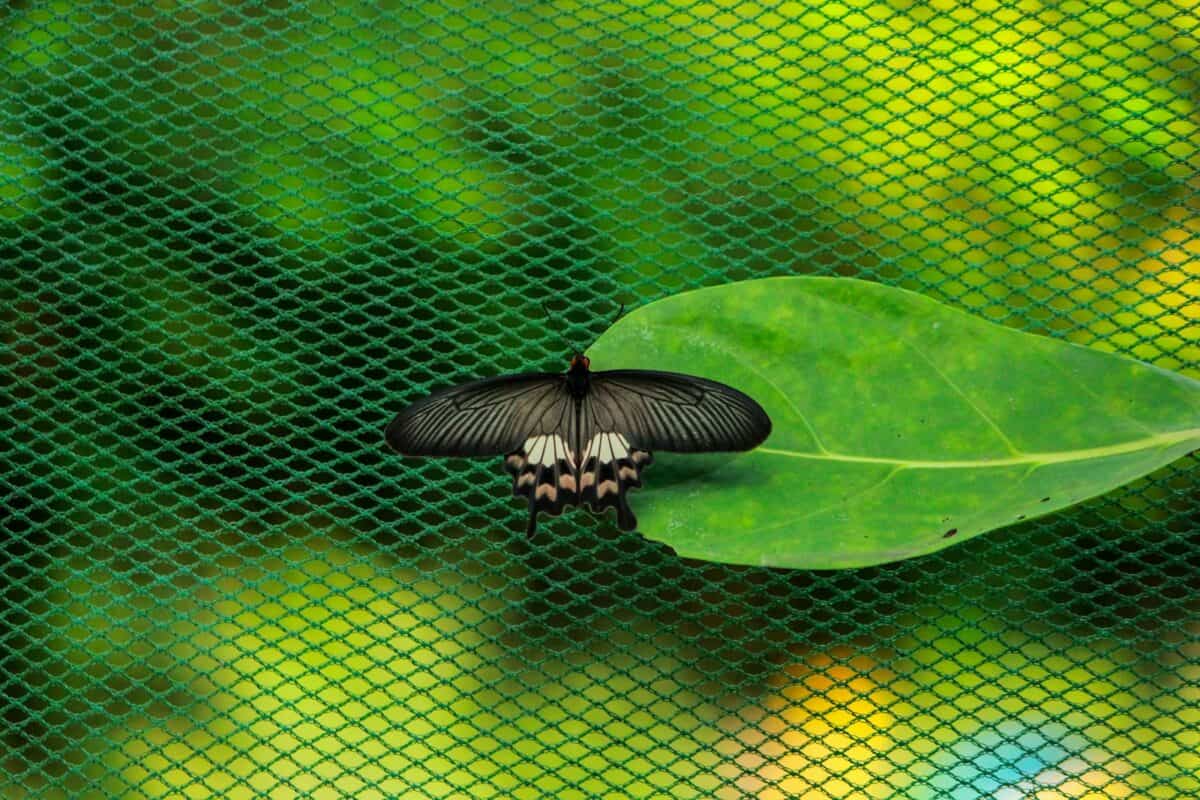For generations, the image of a child running through a meadow with a butterfly net has symbolized innocence, curiosity, and a connection with nature. This romanticized activity, popularized in children’s books and nostalgic artwork, seems harmless at first glance. However, as our understanding of ecosystems and conservation has evolved, we’ve come to recognize that chasing butterflies with nets can have serious consequences for these delicate insects and the natural world they inhabit. This article explores the various reasons why we should reconsider this seemingly innocent pastime and suggests alternative ways to appreciate butterflies without causing them harm.
The Fragility of Butterfly Physiology

Butterflies possess remarkably delicate physical structures that make them particularly vulnerable to handling. Their wings consist of tiny scales—essentially modified hairs—that overlap like shingles on a roof. These scales give butterflies their vibrant colors and patterns through both pigmentation and structural coloration, where light refracts through microscopic structures. When a butterfly is caught in a net, even the gentlest handling can dislodge these scales, permanently damaging the wings. Once these scales are removed, they cannot be replaced. A butterfly with damaged wings may struggle to fly efficiently, making it more vulnerable to predators and less successful at finding food or mates. The damage isn’t just cosmetic—it can significantly impact a butterfly’s survival prospects.
Psychological Stress on Butterflies

Being chased and captured is a traumatic experience for butterflies. These insects possess relatively sophisticated nervous systems and can experience stress responses similar to other animals. When pursued by a net-wielding human, a butterfly enters a fight-or-flight state, experiencing physiological changes that can deplete its energy reserves. This stress can lead to increased heart rates and altered behaviors. Research has shown that butterflies exposed to capture stress may exhibit reduced feeding, decreased reproductive success, and shortened lifespans. While butterflies may not experience fear in the same way humans do, their stress responses represent a form of suffering that ethical nature enthusiasts should consider.
Population Decline and Conservation Concerns
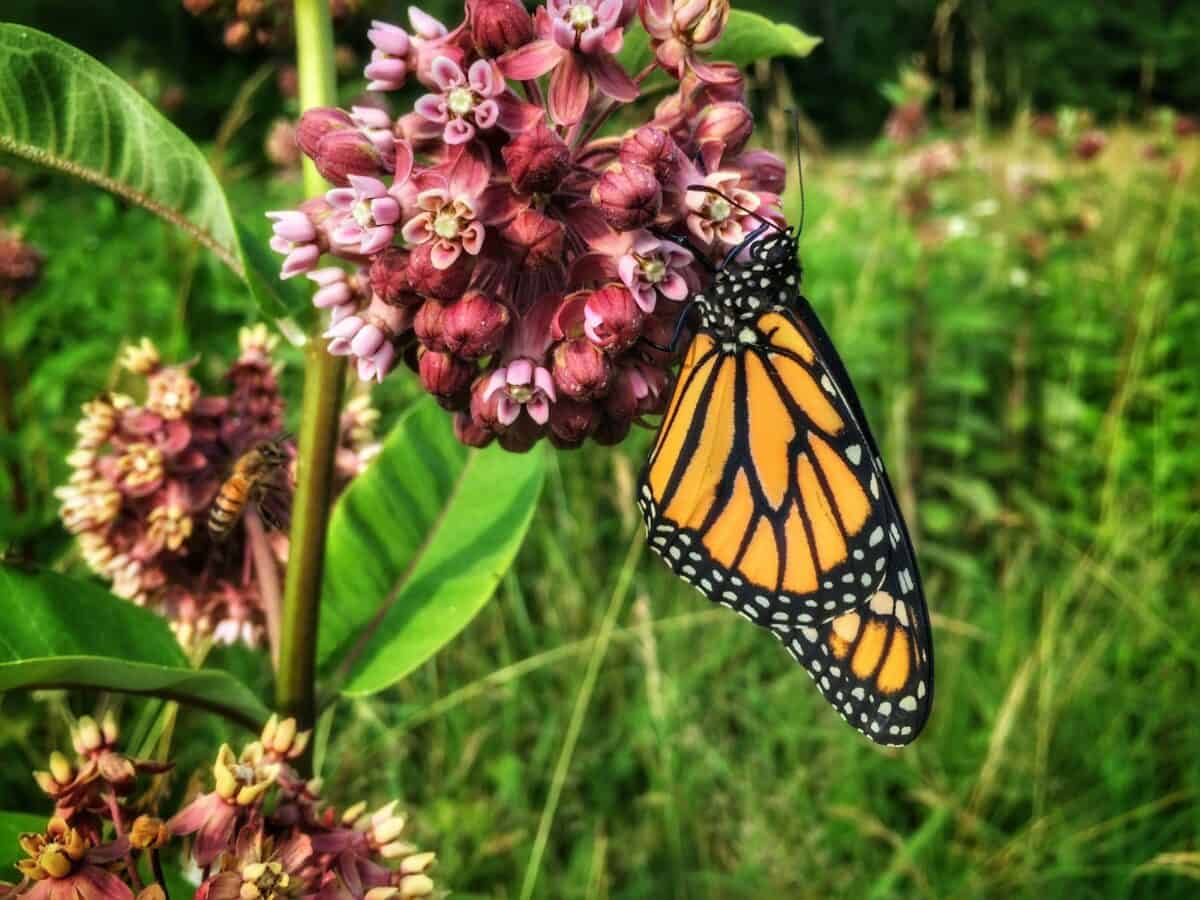
Butterfly populations worldwide are facing unprecedented declines. A 2019 study published in Science found that butterfly numbers in North America have fallen by approximately 2% annually over recent decades, resulting in a total decline of over 30% for many species. Similar patterns have been observed globally. While the primary drivers of this decline are habitat loss, pesticide use, and climate change, additional pressures from recreational collecting can exacerbate the situation, particularly for rare or endangered species. Even if a butterfly is released after capture, the stress and potential physical damage can impact its ability to reproduce. In areas where specific butterfly species are already struggling, the cumulative impact of many well-meaning enthusiasts with nets could further threaten vulnerable populations.
Legal Protections and Restrictions

Many jurisdictions have implemented legal protections for butterflies, particularly for endangered species. In the United States, the Endangered Species Act prohibits the capture of listed butterfly species, such as the Mission Blue butterfly or Karner Blue butterfly, without special permits for scientific research. The European Union has similar protections under the Habitats Directive. In the United Kingdom, certain species like the Large Blue butterfly are legally protected, making it illegal to catch them without proper authorization. Many national parks, nature reserves, and protected areas worldwide also prohibit butterfly collection. Violating these regulations can result in significant fines and legal penalties. Before using a butterfly net in any location, it’s essential to research local regulations and protected species lists.
The Ecological Role of Butterflies

Butterflies serve crucial ecological functions that extend far beyond their aesthetic appeal. As pollinators, they facilitate plant reproduction for numerous wild and agricultural plant species. While they may not be as efficient as bees at pollinating certain plants, they specialize in others and contribute significantly to biodiversity. Butterfly larvae (caterpillars) are also vital components of food webs, serving as protein-rich food sources for birds, bats, and other predators. Adult butterflies likewise provide nutrition for various animals. Additionally, butterflies function as indicators of ecosystem health—their presence or absence can signal environmental changes before they become apparent through other means. By interfering with butterfly populations through capture, we risk disrupting these essential ecological services.
The Ethics of Recreational Collection

The practice of collecting butterflies raises significant ethical questions about our relationship with nature. While traditional butterfly collecting was once considered a respectable scientific hobby practiced by notable figures like Vladimir Nabokov, contemporary ethical standards have evolved. Today, many ethicists and conservationists question whether we have the right to capture wild creatures for our amusement or aesthetic appreciation, particularly when doing so may cause harm. The ethics become even more questionable when collecting involves children, as it potentially teaches them that wild animals exist for human entertainment rather than as autonomous beings deserving respect. While scientific collection with proper permits remains important for research and conservation efforts, purely recreational butterfly catching is increasingly viewed as ethically problematic.
Impact on Butterfly Behavior and Migration

Butterflies exhibit complex behaviors that can be disrupted by the stress of being chased and captured. Many species follow specific flight patterns related to feeding, mating, or territorial defense. Monarch butterflies, famous for their multi-generational migration spanning thousands of miles, rely on precise navigational abilities and energy conservation. Even temporary capture can disorient butterflies, potentially altering their directional sense or depleting the energy reserves needed for migration. For territorial species, capture might result in loss of preferred territory. For those engaged in courtship, interruption could prevent successful mating. These behavioral disruptions, while difficult to measure precisely, represent another dimension of the harm caused by recreational butterfly catching.
Alternatives to Butterfly Netting

Fortunately, there are numerous ways to appreciate and study butterflies without causing them harm. Photography has become an accessible and non-invasive method to “capture” butterflies, with modern cameras and even smartphone lenses capable of taking detailed images without disturbing the insects. Creating butterfly-friendly gardens by planting native nectar sources and larval host plants not only allows for close observation but actively contributes to conservation efforts. Citizen science projects like eButterfly or the North American Butterfly Association’s count programs enable butterfly enthusiasts to contribute valuable data while following ethical observation guidelines. Butterfly houses and conservatories offer opportunities to observe butterflies in controlled environments where the insects are bred specifically for display rather than taken from wild populations.
Educational Impact on Children
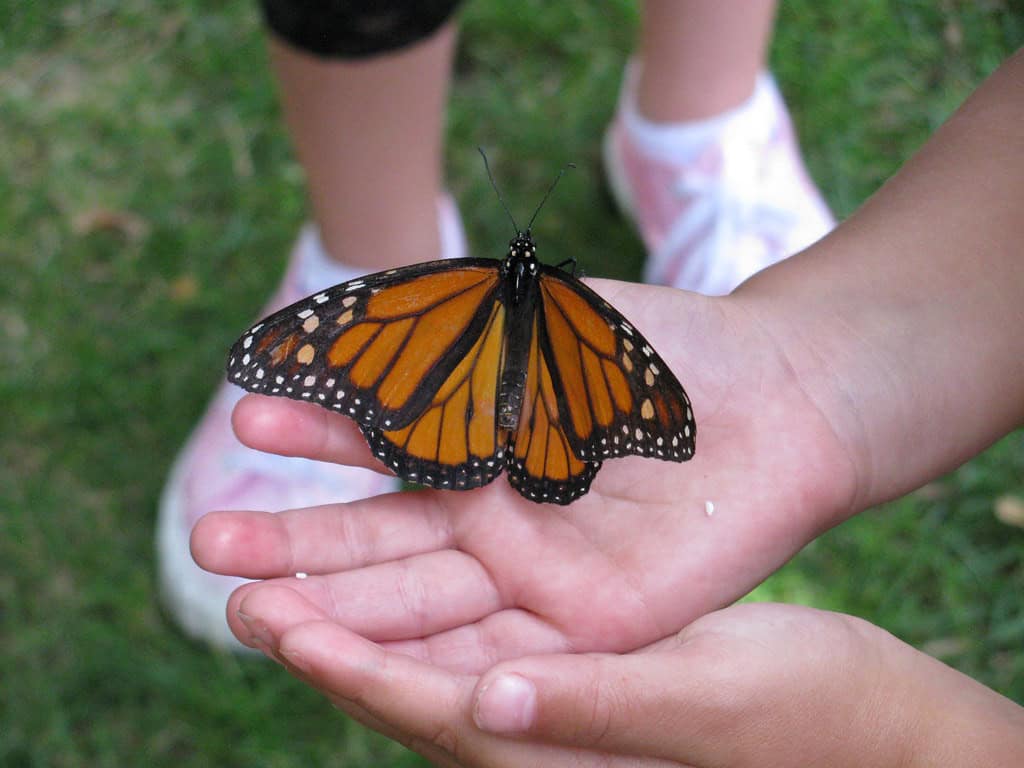
When we teach children to chase butterflies with nets, we may inadvertently communicate troubling messages about our relationship with nature. While the activity can spark interest in the natural world, it can also normalize the idea that wild creatures exist for our entertainment and can be handled at our discretion. By contrast, teaching children to observe butterflies without disturbing them fosters respect for wildlife and demonstrates that appreciation doesn’t require possession. Educational approaches that emphasize observation, identification, and habitat conservation can nurture the same fascination with nature while instilling values of environmental stewardship. Children who learn to appreciate butterflies’ natural behaviors in undisturbed settings develop a more profound understanding of ecological relationships and the importance of conservation.
The Case for Scientific Collection

While recreational butterfly catching should be discouraged, legitimate scientific collection serves important purposes in research and conservation. Entomologists studying taxonomy, genetics, population dynamics, and disease require specimens for detailed examination. Museum collections provide invaluable historical records of species distribution, helping scientists track changes over time and identify conservation priorities. However, scientific collection operates under strict ethical guidelines and typically requires permits, particularly for rare species. Professional collectors are trained in methods that minimize suffering and ecological impact, and they collect only the minimum number of specimens needed for their research. The distinction between casual recreational catching and purposeful scientific collection is critical—one serves primarily personal amusement, while the other contributes to knowledge that may ultimately help protect butterfly species.
Cultural Perceptions and Changing Attitudes
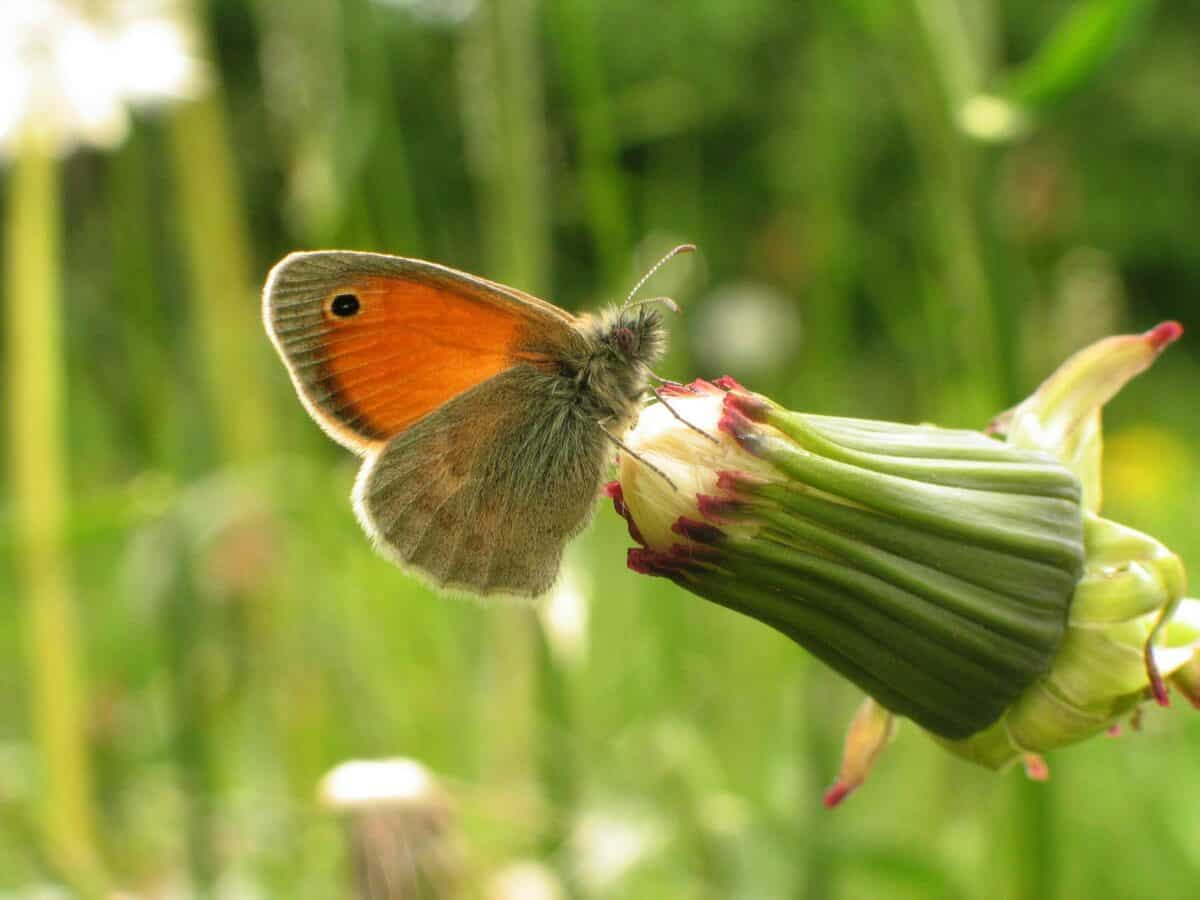
Cultural attitudes toward butterfly catching have evolved significantly over time. In the Victorian era, butterfly collecting represented a respectable pursuit that combined scientific interest with aesthetic appreciation. Private collections were status symbols among naturalists and the educated classes. Today, shifting values regarding conservation and animal welfare have changed how we view this practice. Modern nature education increasingly emphasizes observation over collection, and many former collectors have transitioned to photography. This cultural shift reflects broader changes in how we conceptualize our relationship with nature—moving from a paradigm of dominion and collection toward one of stewardship and coexistence. Museums and educational institutions have likewise adapted, often using digital images, preserved specimens from historical collections, or replicas rather than encouraging new collection for casual study.
Sustainable Butterfly Watching Practices
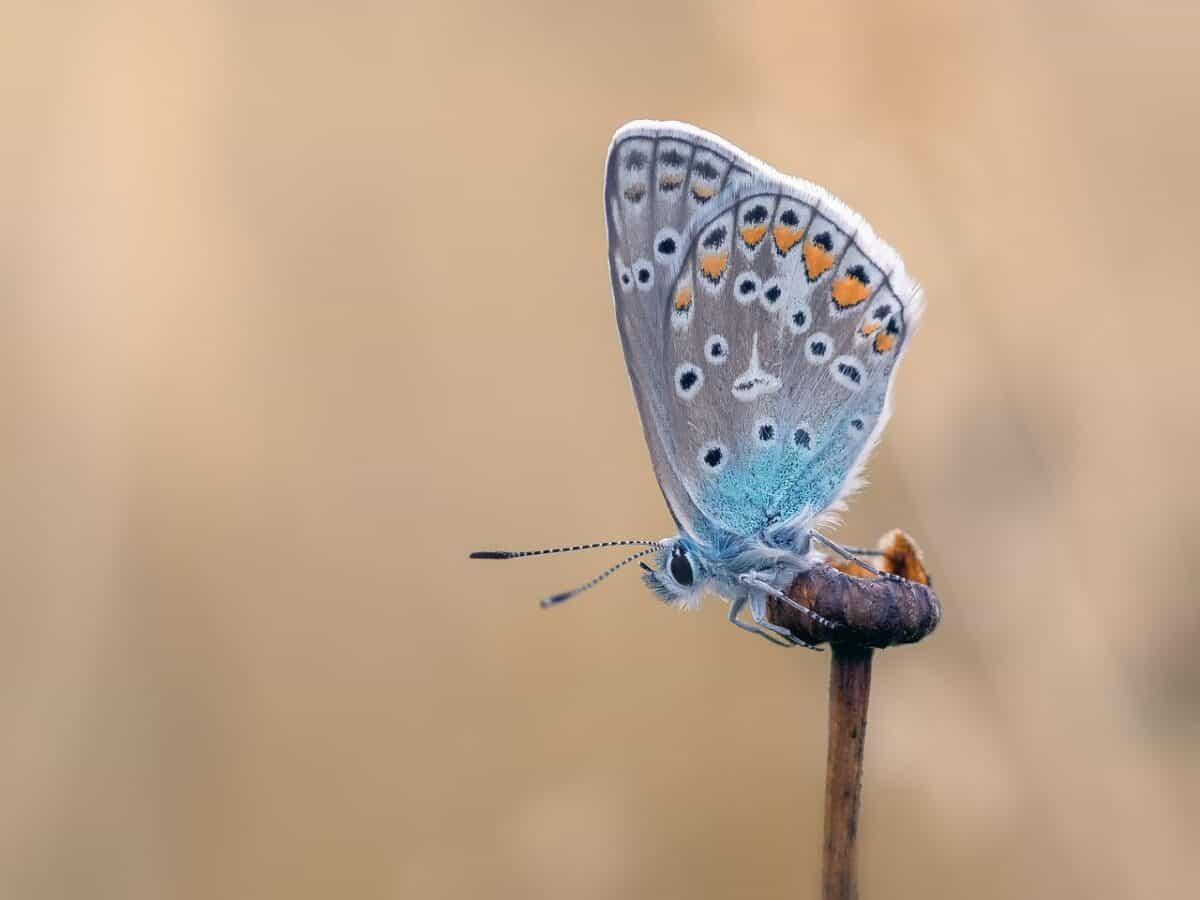
Ethical butterfly watching involves practices that minimize human impact while maximizing appreciation. Stay on designated trails to avoid trampling habitat or host plants that might contain eggs or caterpillars. Maintain a respectful distance—butterflies can be observed clearly from several feet away without disturbing their natural behaviors. Avoid using flash photography, which can startle butterflies and disrupt their activities. Never attempt to touch or handle wild butterflies, as the oils and salts on human skin can damage their wings. If you wish to attract butterflies for closer observation, use butterfly feeders with sugar water or overripe fruit rather than attempting to lure them with handling. When visiting butterfly hotspots, limit group sizes and noise levels to reduce overall disturbance. These simple guidelines allow for meaningful butterfly experiences while respecting the insects’ well-being.
Conclusion: Embracing a New Relationship with Butterflies

As our understanding of butterfly biology, ecology, and conservation has deepened, so too must our approach to appreciating these remarkable insects evolve. The nostalgic image of children chasing butterflies with nets, while charming, reflects an outdated perspective that fails to consider the welfare of the butterflies themselves and their crucial ecological roles. By shifting our focus from capture to observation, from collection to conservation, we can develop a more meaningful and responsible relationship with these beautiful creatures. Teaching future generations to appreciate butterflies through photography, gardening, citizen science, and mindful observation creates environmentally conscious individuals who understand that true appreciation of nature comes not from possession but from respecting the wildness that makes butterflies so special in the first place. The joy of encountering a butterfly in its natural setting, engaged in its natural behaviors, offers a far richer experience than any pinned specimen could provide.
- How Rhinos Communicate Using Dung and Urine - August 9, 2025
- Why Nurse Sharks Are Often Misunderstood - August 9, 2025
- 9 Most Venomous Spiders Lurking in US Homes - August 9, 2025

